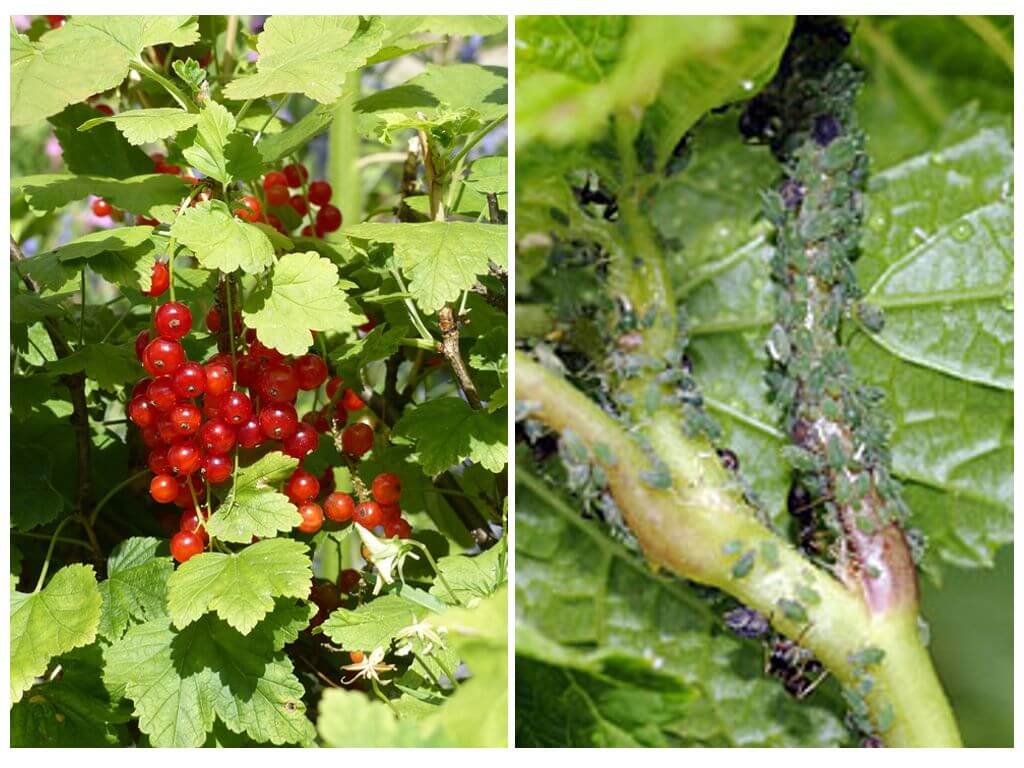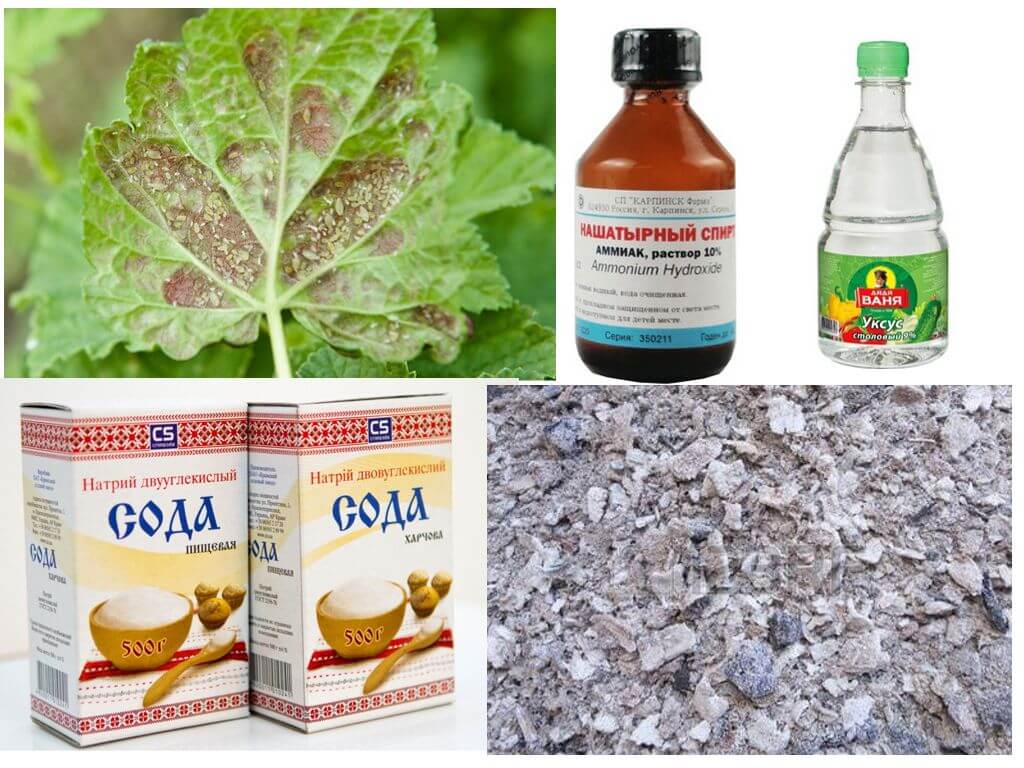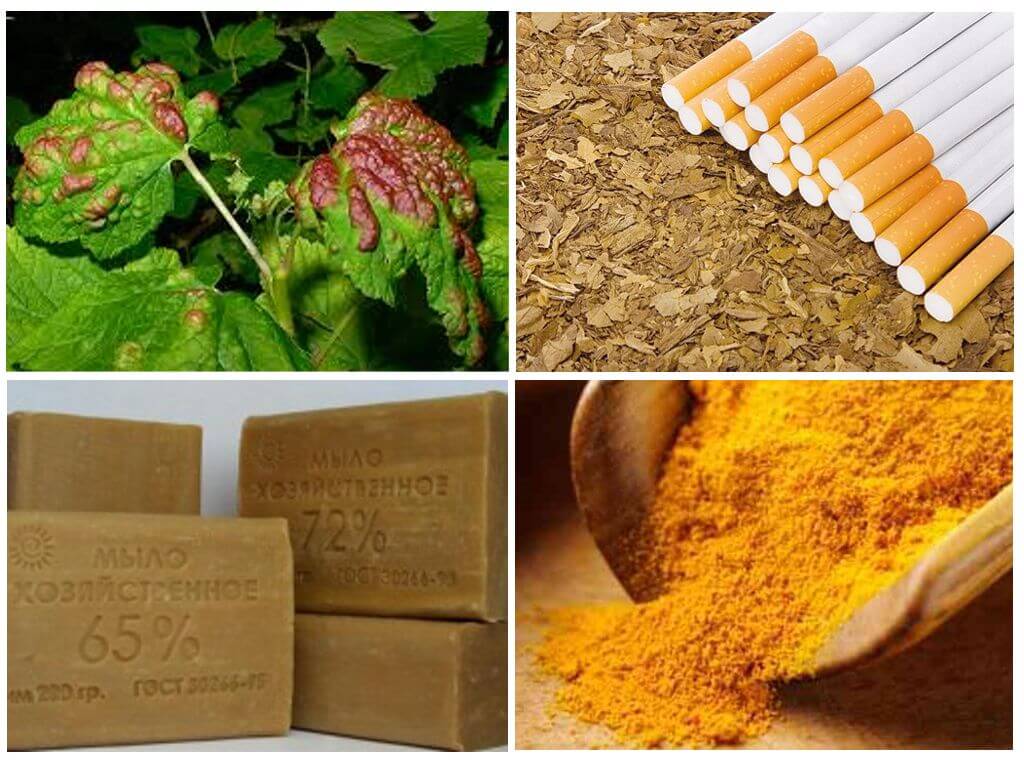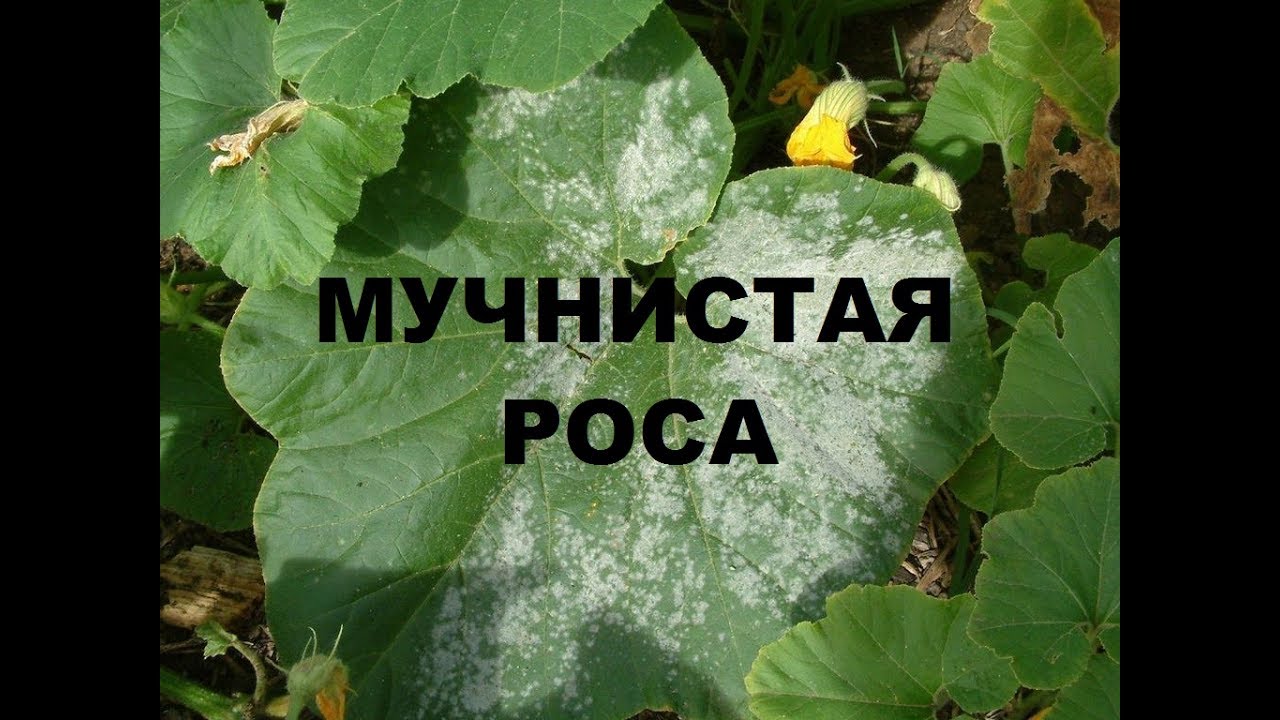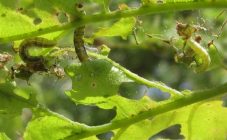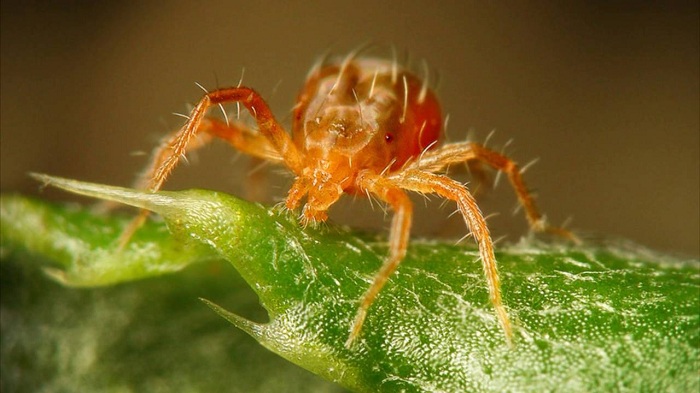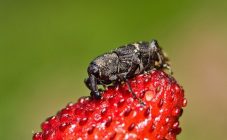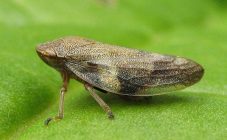Content:
Among the many berry crops grown in our country, currants occupy a special place. She gained popularity due to the variety of species, useful properties and unpretentious care. Most summer residents and gardeners grow currants. With its many virtues, this berry is often attacked by aphids, causing a lot of trouble. It reduces yields by damaging the inflorescences. Protecting fruit shrubs from pests is becoming the main issue for summer residents.
What does aphid look like
The presence of a pest on red currants is determined by the reddish tubercles on the leaves. It is settled by the red gall aphid. Black currant is affected by the gooseberry aphid, which rolls the leaves into a tube. Pests reproduce especially quickly in favorable hot weather without rain. They are fighting with them all summer.
Aphids are an insect from the order of the isoptera, the most common on earth. There are more than three thousand species of these pests. They gather in large numbers and occupy gardens and houseplants. Parasites feed on sap from leaves and shoots, being carriers of viruses from diseased plants to healthy plants.
Externally, aphids are of different types: round, elongated or oblong with a transparent soft body. The size of the pest is 0.3-0.8 mm. The color matches the plant on which the aphid is parasitic. The currant aphid is green in various shades. On the forehead of the insect there are antennae with organs of hearing and touch. He has excellent eyesight. Eyes are faceted from red to black. Aphids have a proboscis, with which they pierce the leaves and suck out the juice. After that, the shoots are stunted and bent, and the leaves curl up into a tube. The pest has long thin legs that help to jump.
Aphid signs and harm
Aphids carry viruses that quickly spread through plants that have weakened after an aphid invasion.
Aphids have a short lifespan: several generations change in one season. After hibernation, when the leaves are just opening, young growth will appear from the eggs laid in the fall. Females do not need to be fertilized by males and therefore reproduce very quickly. At this moment, wingless aphids live on fruit crops.
When there are a lot of insects, and they do not have enough food on the withered affected shoots, winged individuals appear, easily and quickly moving through the neighboring bushes
... If in the spring, first of all, only females hatch from the eggs, then males appear in the fall. Sexual reproduction allows them to lay eggs to preserve during the winter.
When digesting food, aphids secrete a liquid - a sweet span that attracts ants. They protect aphids and help move to new plants. Therefore, it is impossible to remove aphids from the area where ants live, first you need to get rid of them.
Currant leaves rolled up in a tube are the main sign of the presence of aphids on the site. A symptom of a disease of red and white currants is red-gall swelling on the leaves.
Having systematized the signs of the appearance of aphids, the following symptoms are distinguished:
- Reddish swelling with tubercles;
- Pieces of aphid skin on branches;
- Dried, twisted and twisted leaves, non-opening buds and non-ripening fruits;
- Lots of ants on the branches;
- Span covering the plant in large numbers.
Aphids are especially active in June.Because of the pest, the currant does not receive nutrition and stops developing, so you need to get rid of it from the beginning of spring.
How to get rid of aphids
If aphids appear on currants how to deal with it, it is important for everyone to know. With a small number of parasites that have settled in the garden, they try not to use pesticides. Large colonies require the use of special preparations, but the leaves must be sprayed with a solution from below, this is where insects are hiding. The infected leaves are cut off and burned.
A tobacco infusion with wood ash helps to achieve a positive result. Infected bushes are sprayed with a soapy solution with soda ash.
Treatment with chemical insecticides is also used. This is done while the buds have not yet blossomed, and the second time after the appearance of the leaves.
Fragrant crops planted nearby will help reduce the number of aphids. The insect does not like the neighborhood of onions, dill, parsley, basil, garlic. Mint, tansy, coriander, yarrow, velvet and even tomatoes are also not to the pest's taste. These crops force aphids to bypass the site and reduce diseases of fruit crops.
The fight is waged in a complex, only then can one hope for victory in this war.
Manual method of dealing with aphids
If there are few insects, it is better to do without chemicals and try to remove them mechanically. Wear rubber gloves and remove infected plant parts. You can try to flush the pest out of the hose with a strong pressure of water. The bushes are inspected daily, repeating the manual collection until complete confidence in the absence of pests.
Chemical means of protection
How to process currants for aphids in the spring? Chemical preparations cope with infection, destroying pests, quickly and efficiently, but it must be borne in mind that aphids occupy currants in any growing season, and preparations can only be used in early spring before flowering or immediately after its end, since the poison lasts for 20 days.
Biologics act more slowly, but do not harm the environment. Despite this, 2 weeks before the beginning of fruiting, treatment with any preparations is stopped.
Against aphids are used:
- Copper sulfate;
- Bordeaux liquid;
- Biotlin insecticide;
- Aktara;
- "Aktofit".
Important! Pests cause irreparable damage to currants, it is necessary to fight them. Otherwise, you can lose not only the harvest, but also the valuable varieties of the berry.
Folk recipes for fighting aphids
Biological methods are quite effective on pests of horticultural crops. Birds and useful beetles are attracted to the garden plot. For this, drinkers are placed on the site, a reservoir is built, ladybirds are bought from the market, or they are caught and planted on infected bushes.
Gardeners have collected a lot of popular advice on how to deal with aphids on currants that do not affect human health, and the ingredients for them are easy to find in any home.
- Ammonia. This drug not only eliminates pests, but also affects plant growth and fruit ripening. 10 liters of water and 50 ml of ammonia are poured into a container, 100 g of crushed laundry soap is added and the currants are poured with this solution from a watering can;
Attention! Ammonia is used once, otherwise you can overfeed the currants with nitrogen, which is also harmful.
- Soda. Baking soda and soda ash is a unique product. Currants, treated with a soda solution during the flowering period, receive calcium, which prevents diseases and destroys dangerous microorganisms. For the solution, take 10 tablespoons of baking soda or 2 tablespoons of soda ash per liter of water. Stir 100 g of crushed soap and bring the volume to 10 liters. Spray the bushes, trying to get to the lower part of the leaves. After 3 days, the effect is fixed by repeating the treatment, but at the same time one soda is changed to another;
- Vinegar. Many housewives use table vinegar in the kitchen. But with its help, you can also get rid of pests, and at any time during the growing season. The recipe is harmless to berries and humans. 200 g of table vinegar is poured into 1 liter of water, 100 g is added.soap and 9 liters of water. The prepared solution is immediately sprayed with the bushes. Protection is valid in good weather for 2 weeks;
Important! Preparation of the solution requires strict adherence to the dosage measure. Too much vinegar will burn the leaves.
- Wood ash. The use of ash allows not only to get rid of aphids, but also to feed the shrub, increasing the yield. Shrubs are treated with an ash solution, it is scattered dry under the bushes. Pour a glass of ash into 10 liters of water, stir and insist for a day. Add 10 g of soap, stir and pour over the bush from the watering can. Several such treatments completely eliminate the pest;
- Tobacco. To protect against harmful insects, tobacco is planted next to the currants. It repels pests well. To treat infected shrubs, dry tobacco is crushed, soap is added and currants are sprayed. You can simply sprinkle tobacco powder on the top of the bush. Tobacco processing is carried out after flowering and during fruit ripening;
- Soap. This ingredient is added to all pest control solutions. It creates a film, allowing the preparations to stick to the leaves, sticks together insects and makes it difficult for them to feed. Shrubs can be treated with one soap solution;
- Mustard. A working solution is prepared by adding 10 g of mustard powder and 100 g of soap to 10 liters of water;
- Red pepper. Bitter pepper works well against aphids. Spices in the amount of 200 g are placed in 10 liters of water and left to infuse for a day, then put on a slow fire for 3 hours, add soap, cool and process diseased cultures;
- Cinnamon. This spice works in a similar way, but it can be added to the solution indefinitely. The combination of several funds at the same time is allowed. This enhances the effect and allows you to forget about the pest for at least a month;
- Garlic. This fragrant plant is feared by many pests. Processing shrubs with garlic tincture for a long time makes aphids bypass the site. For tincture, chop the garlic, fill a glass, pour in a liter of water and leave for 3 days. Then the solution is brought to a boil, shavings of soap are added and the currants are sprayed several times. It will be useful to plant the garlic near the currants or tie its arrows to twigs and stems. The smell will drive the aphids away from the area.
Prevention of aphids on currants
Parasitic insects most often affect young plants or plants weakened from an excess of nitrogen fertilizers. When feeding shrubs, observe the dosage. Pest control starts with getting rid of the nests. When ants appear on currants, how to get rid of aphids becomes a secondary issue, first they are kicked out. Tracking diseases and providing help to currants in time, you can make the garden clean. Aphids and leafworms will not settle in it, and fruit shrubs will yield a harvest of clean and tasty berries.

